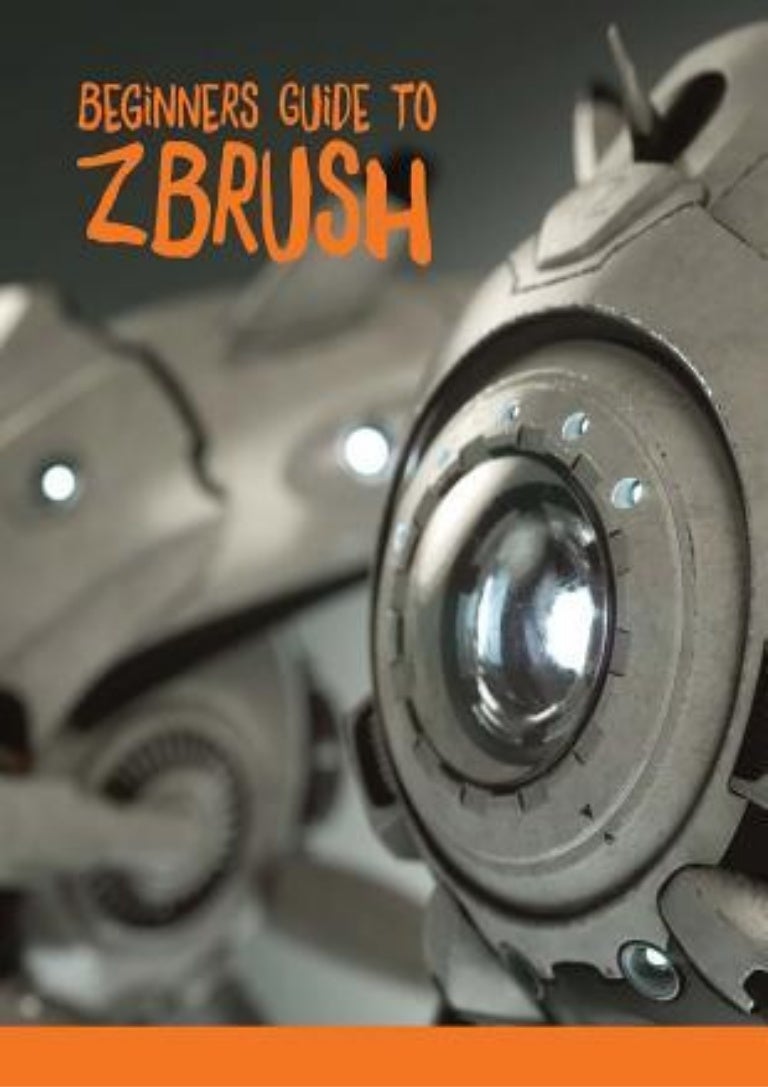

With this step done, you're all set to export your model into any game engine you like, to make your own game or just view your model. Depending on whether you would like to create a stiff statue or a walking Caesar, you may want to animate your creation, which is again done in a 3D software like Maya. This process of applying color to a model is called texturing. So you paint it, usually in a 2D application like Photoshop or GIMP. After that, you may have something like a very detailed and lifelike sculpture of Caesar, but it has no color variation, it is just stone gray. Once this is done, ZBrush comes into play to detail the model and finish the digital sculpture, which is the fun part, but may also easily consume most of the time during model creation. This 2D concept is then roughly created in 3D, often in a 3D software such as Maya, 3D Max, Blender, Softimage, and others. It all starts with an idea or ideally a concept drawing. By the end of this book, you will know some of the different ways of model creation, to blend into an existing workflow or to even create your own.

As always, there are many ways of doing the same thing, and many companies do it differently. To better understand the workflow using ZBrush, let's think of a simplified way a 3D model is created to be used in our game.

How ZBrush is used in a game's production


 0 kommentar(er)
0 kommentar(er)
